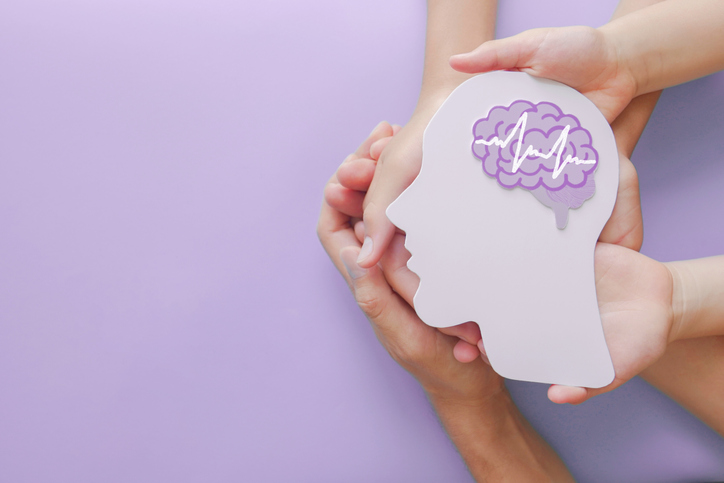
Low Sexual Desire in Men: The Impact of Partner’s Responses on Couple’s Sexual Satisfaction

It is natural for a person’s sexual desire to fluctuate over the course of their lifetime and/or in response to certain life events (e.g., pregnancy, changes in a romantic relationship, big life transitions, etc.) Nevertheless, having consistently low or absent sexual desire with no identifiable cause can be a frustrating problem for individuals that may be consistent with a diagnosis of hypoactive sexual desire disorder (HSDD).
Historically, HSDD has been researched more often in women, but this condition can also occur in men. While the prevalence of HSDD in men in unknown, it is estimated to affect between 1% to 20% of men.
Experiencing consistently low or absent sexual desire can cause negative emotions for both the man with HSDD and his sexual partner including embarrassment, shame, frustration, and disappointment. The way that the couple is able to address the issue and cope with these emotions can have a big impact on their overall sexual satisfaction.
Previous studies have explored how partners’ responses to HSDD or genito-pelvic pain in women might impact the women’s sexual functioning and the couple’s overall sexual satisfaction. These studies have shown that, in general, partners’ responses can fall into one of three categories: 1) positive or facilitative responses (e.g., being affectionate or empathetic), 2) negative responses (e.g., being hostile or critical), or 3) solicitous responses (e.g., being overly sympathetic or avoidant).
In a recent study, researchers used this model to explore how partners’ responses to HSDD in men might impact the couple’s sexual satisfaction or sexual distress.
A total of 67 men with HSDD and their sexual partners participated in this study. The men with HSDD shared their perceptions of their partners’ responses to their low sexual desire by answering questions adapted from a scale that was originally used to assess partner responses to women’s pain during intercourse.
An example of an adapted question from this scale is: “In general, how does your romantic partner respond to your feelings of low desire and arousal? Please keep in mind all situations related to your low desire and arousal, whether they involve sexual activity or not (e.g., talking about this issue with your partner).”
Participants could then choose from 6 facilitative responses, 4 negative responses, and 3 solicitous responses to describe their interpretation of their partners’ reactions (for the men with HSDD), or their assessment of their own reactions (for the partners).
An example of a facilitative response is “says nice things to me,” an example of a negative response is “expresses frustration with me,” and an example of a solicitous response is “suggests we turn on the TV or sleep.” The participants were also asked to complete measures of their partner-focused sexual desire, sexual distress, and sexual satisfaction.
Upon compiling and analyzing the survey responses, the investigators found that when men with HSDD perceived more facilitative responses to their low desire from their partners, they and their partners reported higher sexual satisfaction. On the other hand, when the men perceived more negative partner responses to their low desire, the couples reported lower sexual satisfaction. Lastly, when the men with HSDD perceived more avoidant responses from their partners, their partners were more likely to report higher sexual distress.
These findings show the importance of partner responses to HSDD in determining a couple’s overall sexual satisfaction. Couples who struggle with HSDD could benefit from seeing a sex therapist or a mental health professional who can help them identify strategies for productive conversations and responses to low sexual desire (in either member of the couple).
References:
- Belu, C.F., Corsini-Munt, S., Dubé, J.P., Wang, G.A., & Rosen, N.O. (2023). Partner responses to low desire among couples coping with male hypoactive sexual desire disorder and associations with sexual well-being. The Journal of Sexual Medicine, 20(7), 955-964. https://doi.org/10.1093/jsxmed/qdad069



